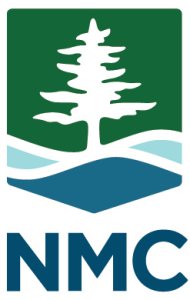The lightboard is an innovative teaching and learning tool that enables instructors to capture lectures in an exciting, engaging format. Essentially, instructors stand behind a lighted piece of glass mounted on a stand. Words appear to glow and float, resulting in an engaging visual effect that can improve the delivery of course content.
One look at the lightboard in action will excite any tech-savvy instructor, but you definitely don’t have to be a techie to use it. Watch the video below to get an introduction to the lightboard that we’ve built here at NMC.
The lightboard could benefit any class, but could especially help to improve retention in hybrid or online classes. And, of course, we’re willing to help you create your lecture captures.
A little lightboard history
Originally developed by Michael Peshkin of Northwestern University, the lightboard has been adopted by many institutions worldwide.
What problem does it solve?
The lightboard solves a few problems presented by current lecture capture methods. Recording a lecture on a whiteboard leads to poor video quality and the instructor’s back is turned toward the camera. Lectures created by merging slides, graphics, voiceover, and video clips are nice, but definitely time consuming. Using the lightboard, however, instructors maintain eye contact with their students, and because they are facing their students other nonverbal behaviors critical to content delivery aren’t lost like they are with traditional methods.
Want to schedule a lightboard project?
If you’re interested in using the lightboard, comment on this blog, call us at 5-1070, submit a ticket, or send us an email. As you prepare for your presentation, there are couple things to keep in mind:
- Dark clothing works best. Bright clothing tends to reflect a lot of light.
- Don’t wear clothing with words, images or icons. The video is flipped in the production process so words appear in the right direction for your audience.
- Schedule ahead and plan ahead. Plan out videos in small, manageable segments.

